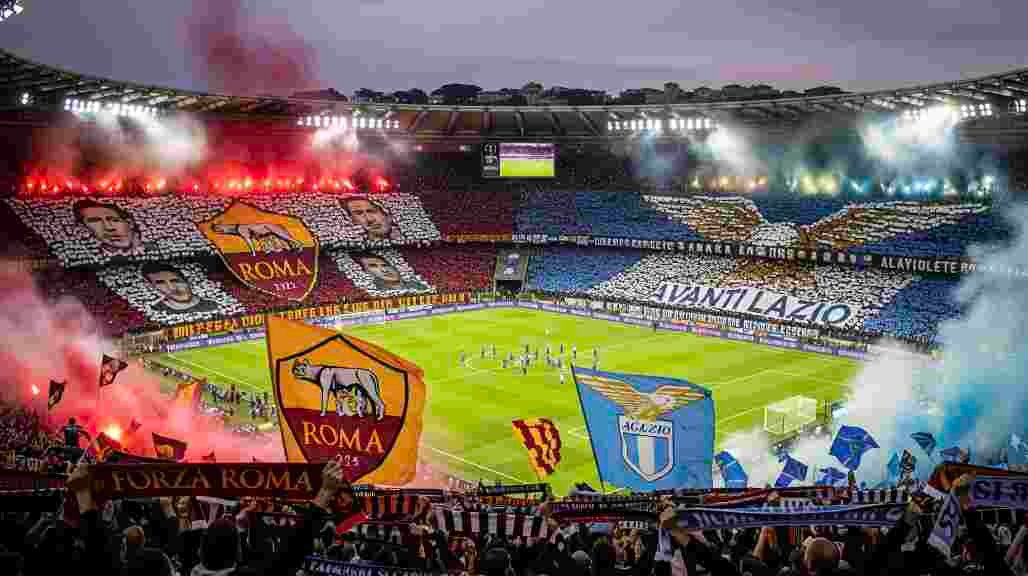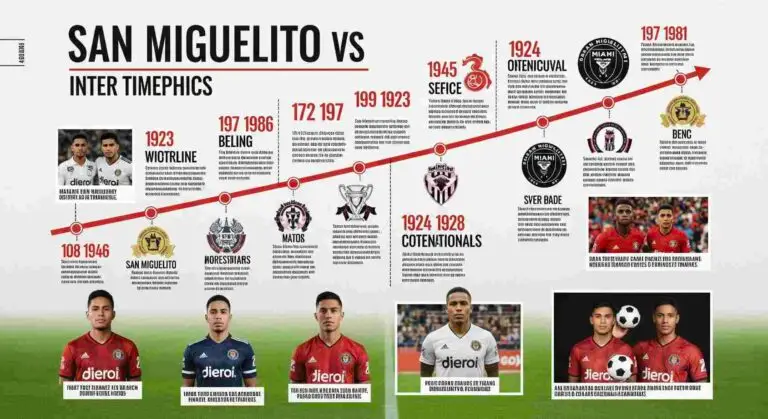Derby della Capitale Tifo: Passion, Rivalry, and the Soul of Rome
In the heart of Rome, football is more than just a sport — it’s a way of life. Nowhere is this more evident than in the Derby della Capitale, the fierce clash between AS Roma and SS Lazio. While the players battle it out on the pitch, the real show often happens in the stands. This is where the tifo — the choreographed displays, chants, and passionate support — transforms the stadium into a sea of colors and emotions.
The Derby della Capitale tifo is famous worldwide for its intensity. From enormous banners to deafening songs, fans turn the match into an unforgettable spectacle. It’s not just about supporting your team; it’s about expressing identity, pride, and belonging in one of the most heated rivalries in football.
History of the Derby della Capitale
The rivalry between Roma and Lazio began in 1929, when the two clubs first faced each other. Over the decades, the Derby della Capitale has grown to become one of the most emotionally charged matches in Europe. Unlike other city derbies where fans might share neighborhoods, Roma and Lazio supporters are deeply divided, and this split is reflected in their tifo.
What is Tifo?
Tifo comes from the Italian word for “support” or “fan base.” In football culture, it refers to the massive visual displays organized by supporters before and during matches. This can include:
- Banners and flags
- Coordinated chants and songs
- Pyrotechnics and flares
- Choreographed card displays
In the Derby della Capitale, tifo is an art form. Fans spend weeks preparing elaborate displays to outshine their rivals, and the results are breathtaking.
The Role of Ultras in the Derby
The most intense tifo comes from the Ultras — highly organized fan groups. For Roma, it’s the Curva Sud; for Lazio, the Curva Nord. These sections of the stadium are the beating heart of each club’s support, leading the chants, waving enormous flags, and orchestrating the choreography.
The Ultras see the derby as more than a game — it’s a cultural battle. Their tifo often features references to Roman history, political statements, or symbolic imagery meant to provoke the opposing side.
Famous Tifo Moments in Derby History
Some Derby della Capitale matches are remembered as much for the tifo as for the goals scored:
- The Gladiator Display (Roma): Inspired by ancient Rome, a massive image of a gladiator towering over the stadium.
- The Eagle’s Flight (Lazio): A real eagle, the club’s symbol, soaring above the pitch before kickoff.
- Political and Historical References: Choreographies referencing Roman emperors, legends, and even social commentary.
These moments are shared globally, cementing the derby’s reputation as one of the most visually spectacular in football.
The Atmosphere Inside the Stadium
When the derby kicks off, the air is electric. The tifo sets the tone before the first whistle, and the chants never stop. Flares light up the night sky, and the smell of smoke mixes with the roar of tens of thousands of fans. It’s loud, chaotic, and unforgettable — but also a reminder of football’s deep emotional roots.
The Cultural Impact of Derby della Capitale Tifo
Outside of the stadium, the tifo lives on in social media, fan art, and city conversations. The derby is more than a match; it’s a cultural event that unites and divides the Eternal City. For visitors, it’s a chance to witness a living tradition that blends sport, history, and raw passion.
FAQs about Derby della Capitale Tifo
Q1: What makes the Derby della Capitale tifo different from other derbies?
A: The rivalry is deeply personal and rooted in local pride. Both sets of fans see the tifo as a chance to represent their side of Rome, often with elaborate, historically inspired displays.
Q2: When does the Derby della Capitale usually take place?
A: The match is played twice a season in Serie A — once with Roma as the home team and once with Lazio hosting. Dates vary depending on the league schedule.
Q3: Is it safe to attend the derby as a neutral fan?
A: While the atmosphere is intense, most trouble happens outside the stadium. Inside, security is high, but it’s wise to avoid wearing team colors if you’re neutral.
Q4: How do fans prepare their tifo displays?
A: Ultras groups plan weeks or months in advance, pooling money, designing banners, and rehearsing choreography to ensure perfect execution on match day.
Q5: Can I experience the tifo without going to the stadium?
A: Yes. Television broadcasts and social media often capture the tifo in stunning detail, and videos from past derbies are widely available online.
Conclusion
The Derby della Capitale tifo is more than a pre-match ritual — it’s a powerful expression of passion, history, and community. Roma and Lazio fans see the derby as a chance to prove their love for their club in the most creative and intense way possible.
For football lovers, witnessing this tifo in person is an unforgettable experience. It’s not just about who wins or loses; it’s about the colors, the noise, the pride, and the eternal rivalry that makes Rome’s derby one of the most captivating spectacles in world football.







